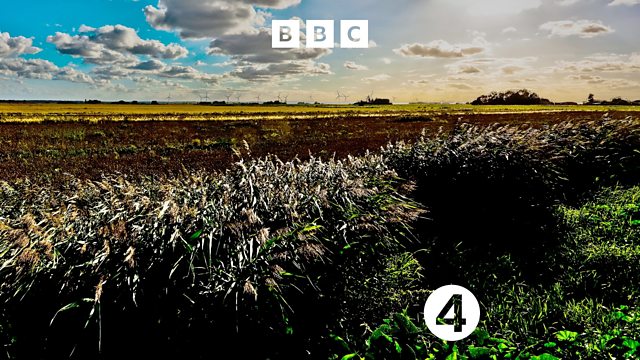The Sound of the Fens
Martha Kearney discovers how the changing landscape has changed the sounds we hear in the countryside.
Using the poetry of 'peasant poet' John Clare, Martha Kearney visits Helpston and Fen Edge to understand how the landscape has changed since his day. The sounds Clare would have heard in the early 1800s before the Enclosures Act would have been very different from what we hear today. Aside from the obvious sounds of modern technology, cars and aircraft, Martha learns how the draining of the fens changed species habitats and meant some birds and animals have disappeared from the landscape. The bittern, corncrake and 'whaddon organ' frog have all gone, but in their place other species have made this unique part of the countryside home.
Dr Francesca Mackenny from the Cardiff University Sound of Nature project uses Clare's poetry to help us listen to the landscape. Richard Astle from the Langdyke Trust takes Martha to Swardywell Pit - a piece of land Clare knew well that has been restored from being a landfill site and transformed into a thriving nature reserve, but now populated with different flora and fauna than Clare would have encountered.
Martha then travels further into the fens to meet Rex Sly in Crowland whose family have farmed in the area for more than 500 years. As well as farming, Rex has also written books and poetry about the area in the style of John Clare. His great-grandniece Lucy tells Martha why she felt drawn back to the Fens to help preserve the landscape after leaving to study at university in Edinburgh.
Producer: Maggie Ayre
Last on
More episodes
Next
Broadcasts
- Thu 8 Aug 2024 15:00Βι¶ΉΤΌΕΔ Radio 4
- Sat 10 Aug 2024 06:07Βι¶ΉΤΌΕΔ Radio 4
Podcast
-
![]()
Open Country
Countryside magazine featuring the people and wildlife that shape the landscape of Britain


